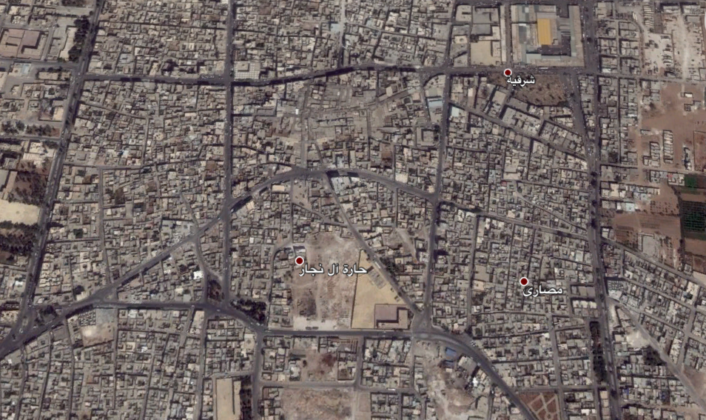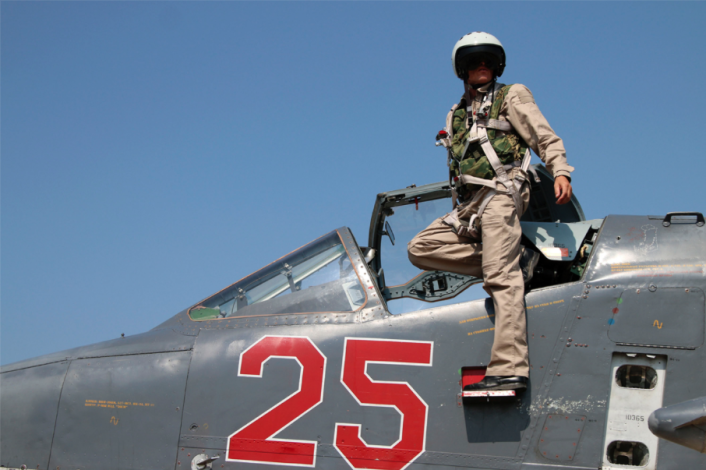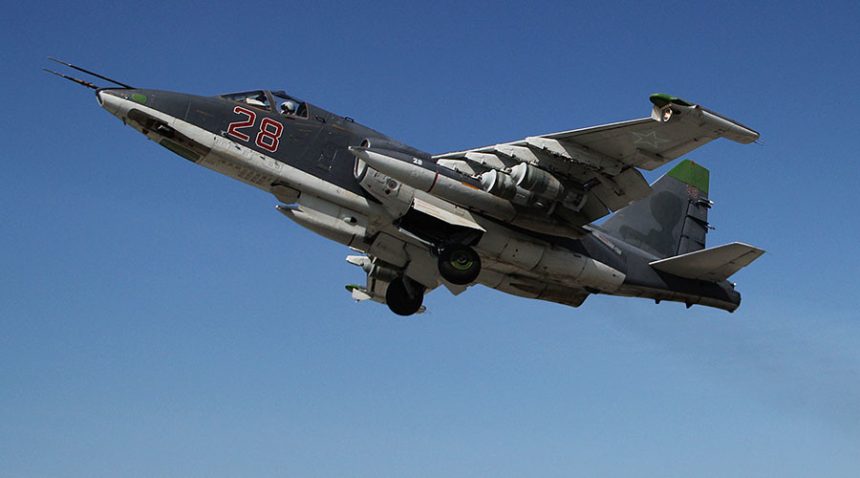A Russian Tactical Air Strike in Al-Bab, Syria Kills Three Turkish Soldiers: What May Have Gone Wrong?
Wire services report that a Russian tactical air strike in Al-Bab, Syria, 40 kilometers northeast of Aleppo, has resulted in a “fratricide” (“friendly fire”) incident that took the lives of three Turkish ground troops and wounded another eleven personnel on the ground.
It is inherently dangerous for ground troops to operate in close proximity to airstrike targets. Minor miscalculations in aircraft weapon release point, malfunction of weapon release equipment on the aircraft, weather conditions such as wind and poor visibility, guidance malfunctions on precision guided weapons and problems with communications and coordination between ground troops and attack aircraft can all contribute to incidents of fratricide from air strikes.

During the intense ground battles that have characterized much of the insurgent war in Syria troops have often been in close contact in urban areas. The overhead cover of buildings, the narrow streets and nearly identical appearance of many buildings in urban areas make accurate targeting of air strikes increasingly difficult on the urban battlefield.
Russia has most frequently employed non-precision guided weapons in tactical strikes in Syria. If this is the case in today’s Al-Bab incident it may have been a contributing factor.
While technical details of the strike were not released media photos from Khmeimim Air Base (also called Hmeimim Air Base) frequently show the Russian Su-25 Frogfoot used in a similar role as the U.S. A-10 Thunderbolt II for ground attack and close air support. Although unconfirmed, it may have been an Su-25 that launched today’s mistaken strike.

One factor that may have contributed to the incident is possible communication problems between Turkish ground forces and Russian close air support assets. U.S. forces traditionally employ specially trained and equipped personnel called “Forward Air Controllers” or “Tactical Air Control Parties” (TACPs) to coordinate air strikes in support of ground troops. It is possible the Russians may have assigned their own personnel, in some cases attack pilots with airstrike experience in the region, to help with targeting and coordination. But if there were no Russian air strike coordinators on the ground with Turkish troops, this could have been a contributing factor.
Russia’s precision-guided weapons have traditionally been larger munitions, while smaller bombs such as the 100kg and 250kg have not been guided. This is contrary to the U.S. development of small precision-guided weapons like the recent GBU-53/B small diameter bomb, a GPS/INS guided 250lb (approx. 113kg) bomb that has been employed by the F-22 in strikes in Syria. Russian precision guided munitions appear to be larger than 500kg including the FAB-500 high-explosive bomb and the “bunker busting” AB-500 bomb used on reinforced concrete targets.
Russian guided weapons relying on satellite targeting may be inherently less accurate than their U.S. counterparts since they update targeting and guidance data from the GLONASS GPS satellite constellation. According to Russia Insider the GLONASS satellite constellation “is fractionally less accurate in low latitudes than [western] GPS”. This suggests the Russian systems may be optimized for striking targets in northern areas.
Analyst for the Japan Times, Robert Burns, wrote, “The skies over Syria are increasingly crowded — and increasingly dangerous. The air forces of multiple countries are on the attack, often at cross-purposes in Syria’s civil war, sometimes without coordination. And now, it seems, they are at risk of unintended conflict.”
Former U.S. Defense Secretary Ash Carter expressed early concern over a year ago about the possibility of “inadvertent incidents and lack of communication” with Russian aircrews. Part of then-Secretary Ash’s concern stemmed from a relative lack of sophistication with Russian communications systems and their use of non-precision, unguided air delivered weapons.
Russian-Turkish cooperation in the Syrian campaign has been improving prior to this incident from a low point on Nov. 24, 2015 when Turkish F-16s shot down a Russian SU-24 over the Syrian border.
Related articles















